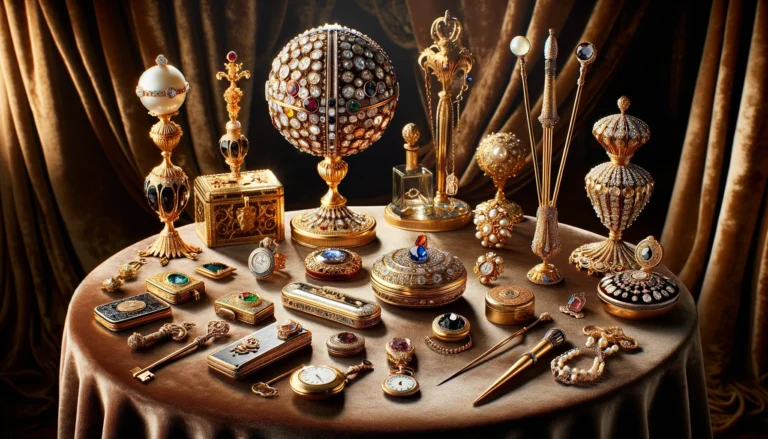
In February 2003, the world was stunned by one of the most audacious diamond thefts in history—the Antwerp Diamond Heist. A group of thieves managed to steal over $100 million worth of diamonds, gold, and jewels from what was considered one of the most secure vaults on the planet. This heist was not just a moment of high-stakes drama; it was a stark reminder of Antwerp’s unparalleled importance in the global diamond industry.
As the diamond capital of the world, Antwerp has long been at the epicentre of the diamond trade, shaping its history, economy, and culture for centuries. This article explores Antwerp’s rise to prominence, its enduring significance, and its connections to other key players in the diamond world.
The Rise of Antwerp as a Diamond Hub
Antwerp’s journey to becoming the diamond capital began in the 15th century. The city’s strategic location along the River Scheldt, with easy access to the North Sea, made it a prime trading centre in Europe. By the 16th century, Antwerp had established itself as a leading hub for luxury goods, with diamonds taking centre stage.
- Skilled Workforce: Antwerp attracted talented craftsmen who excelled in diamond cutting and polishing. These artisans set the standard for quality that continues to define the city’s diamond industry today.
- Innovation in Jewellery Design: Beyond trading, Antwerp became a centre for innovative jewellery design, further solidifying its status as the diamond capital.
- South African Diamond Expansion: The discovery of South African diamonds in the late 19th century made Antwerp the gateway for importing, cutting, and distributing diamonds across Europe and beyond.
Antwerp Today: A Global Powerhouse in Diamonds
In the 21st century, Antwerp remains a dominant force in the diamond industry. The Antwerp World Diamond Centre (AWDC) symbolises the city’s ongoing influence, with over 80% of the world’s rough diamonds passing through Antwerp at some point in their journey from mine to market.

- State-of-the-Art Infrastructure: Antwerp’s diamond district is equipped with cutting-edge facilities for trading, cutting, and polishing diamonds. The city’s secure vaults and advanced technology ensure that these precious stones are handled with the utmost care.
- International Hub: Antwerp’s diamond district is a vibrant marketplace where buyers, sellers, and jewellers from across the globe come to do business. The city’s reach extends far beyond Belgium, making it a central player in the international diamond trade.
The 2003 Antwerp Diamond Heist: A Stark Reminder
While Antwerp’s reputation as the diamond capital of the world is well-deserved, the city’s diamond industry has not been without challenges. The most significant of these was the infamous Antwerp Diamond Heist, one of the largest and most daring diamond thefts in history.
In February 2003, a group of thieves known as “The School of Turin” executed a meticulously planned heist at the Antwerp Diamond Centre. The criminals managed to steal over $100 million worth of diamonds, gold, and other jewels.

- Years of Planning: The heist involved over two years of preparation. The thieves rented an office in the building to study the security systems and learn the layout.
- High-Level Expertise: The group bypassed multiple layers of security, including infrared sensors, magnetic fields, and a lock with over 100 million possible combinations.
- Almost No Trace: Despite the scale of the theft, the criminals left behind minimal evidence, making the investigation one of the most complex in history.
The heist served as a wake-up call for Antwerp’s diamond industry, highlighting the need for constant vigilance and the continuous enhancement of security measures.
Antwerp in the Context of Global Diamond Trade
Antwerp is not the only significant player in the global diamond industry. Other regions have played crucial roles in the supply and processing of diamonds.
- India has become a major centre for the cutting and polishing of diamonds. Indian craftsmen are renowned for their skill in handling small and intricate stones, making the country a key player in transforming rough diamonds into polished gems.
- South Africa’s discovery of diamonds in the late 19th century significantly impacted the global diamond industry. Today, the country remains a major source of diamonds, with its mines producing some of the world’s most valuable stones.
Antwerp’s position as the diamond capital of the world is deeply rooted in its history, expertise, and ability to adapt to the evolving needs of the global diamond industry. Despite challenges like the 2003 heist, Antwerp has remained resilient, continuing to lead the world in diamond trading, cutting, and polishing.




